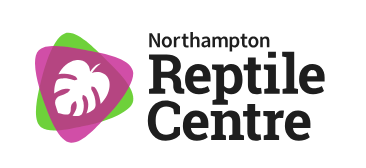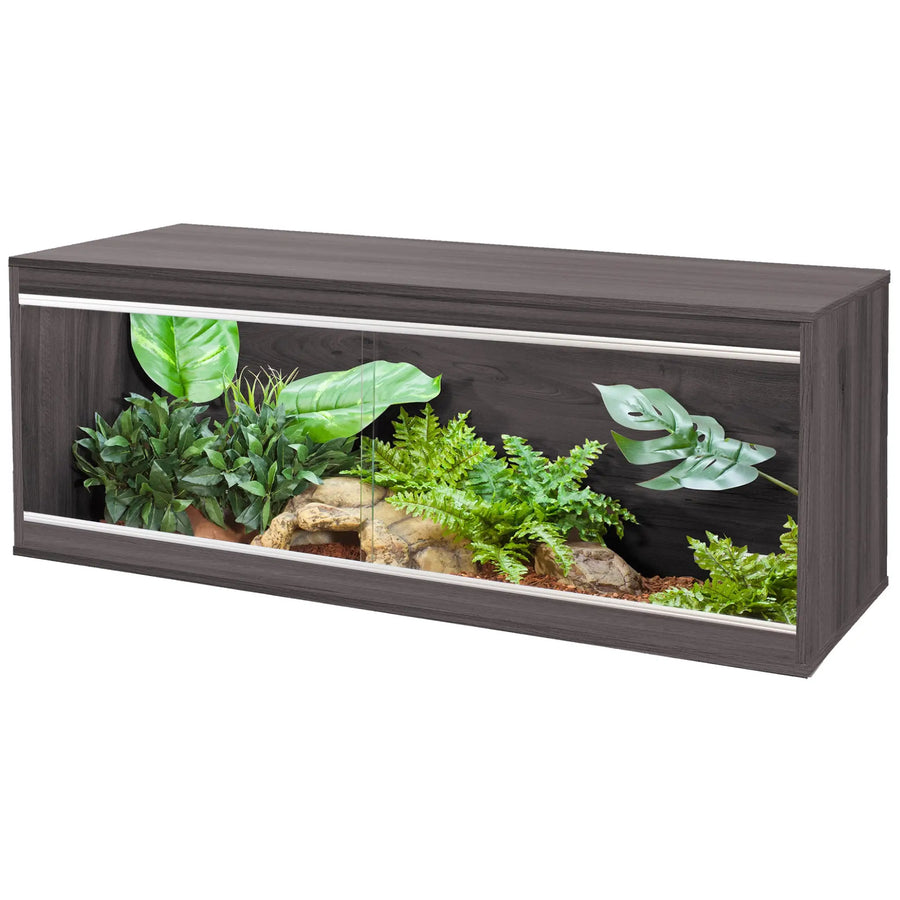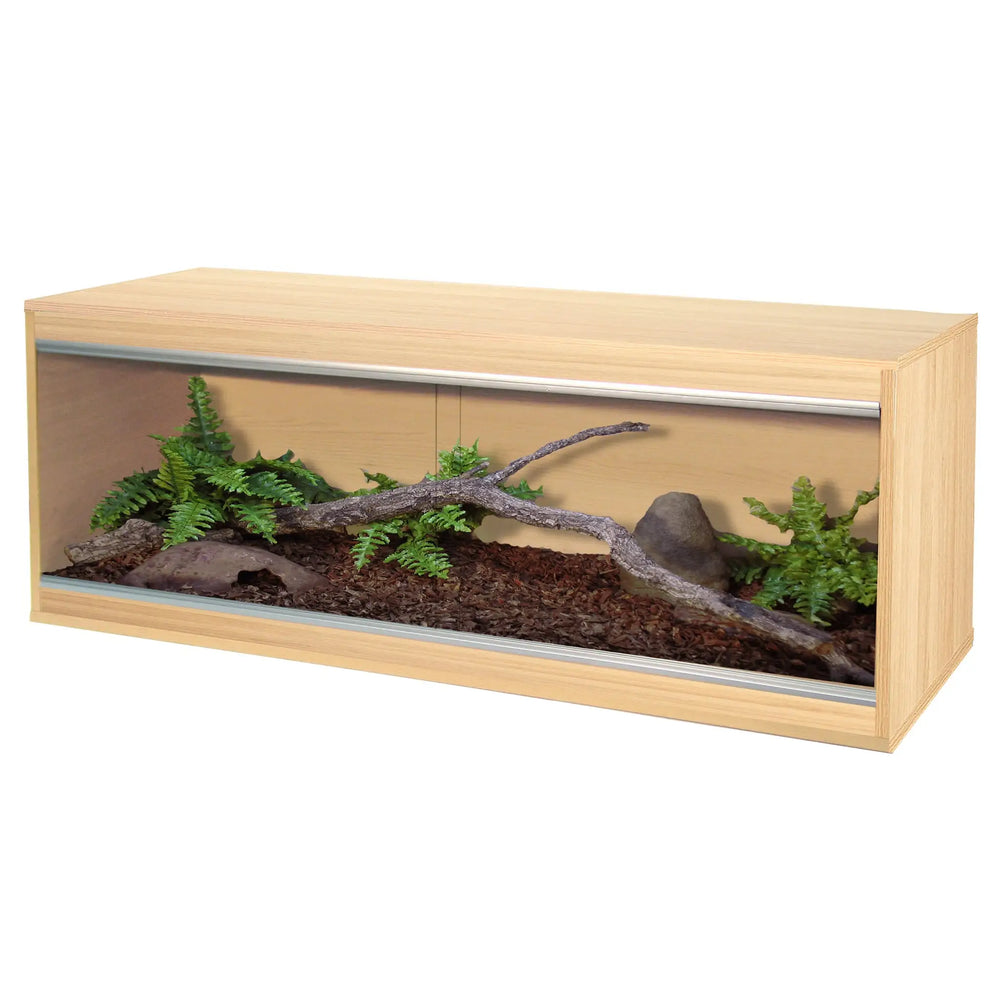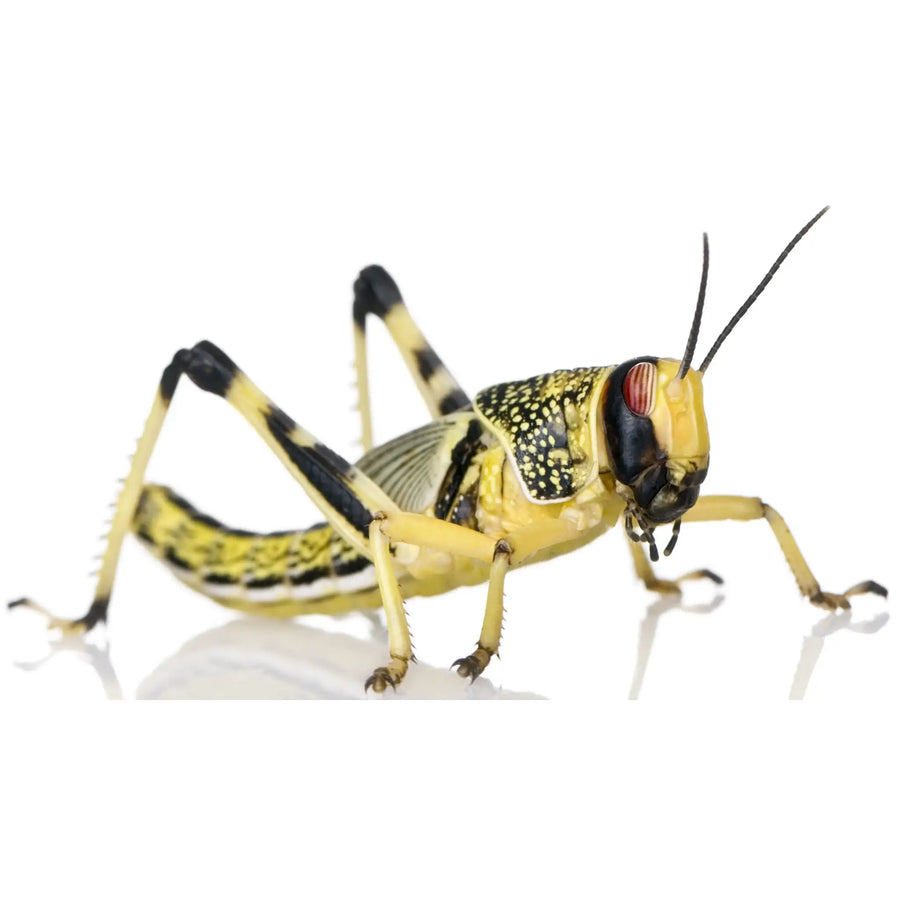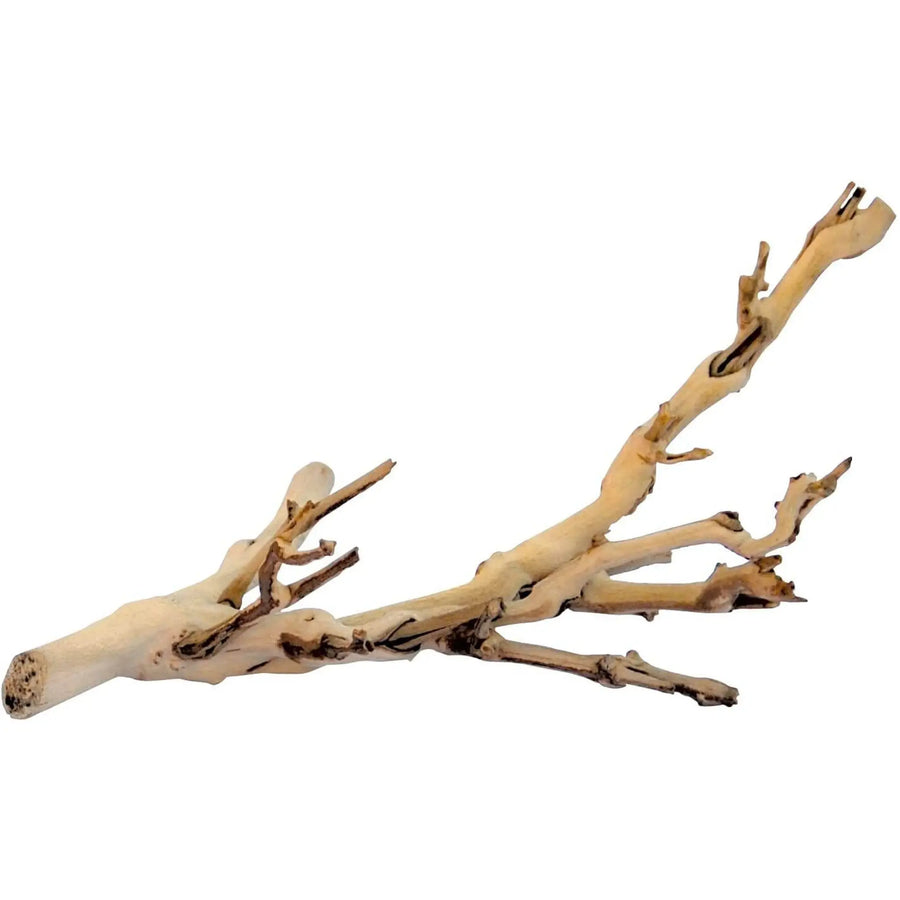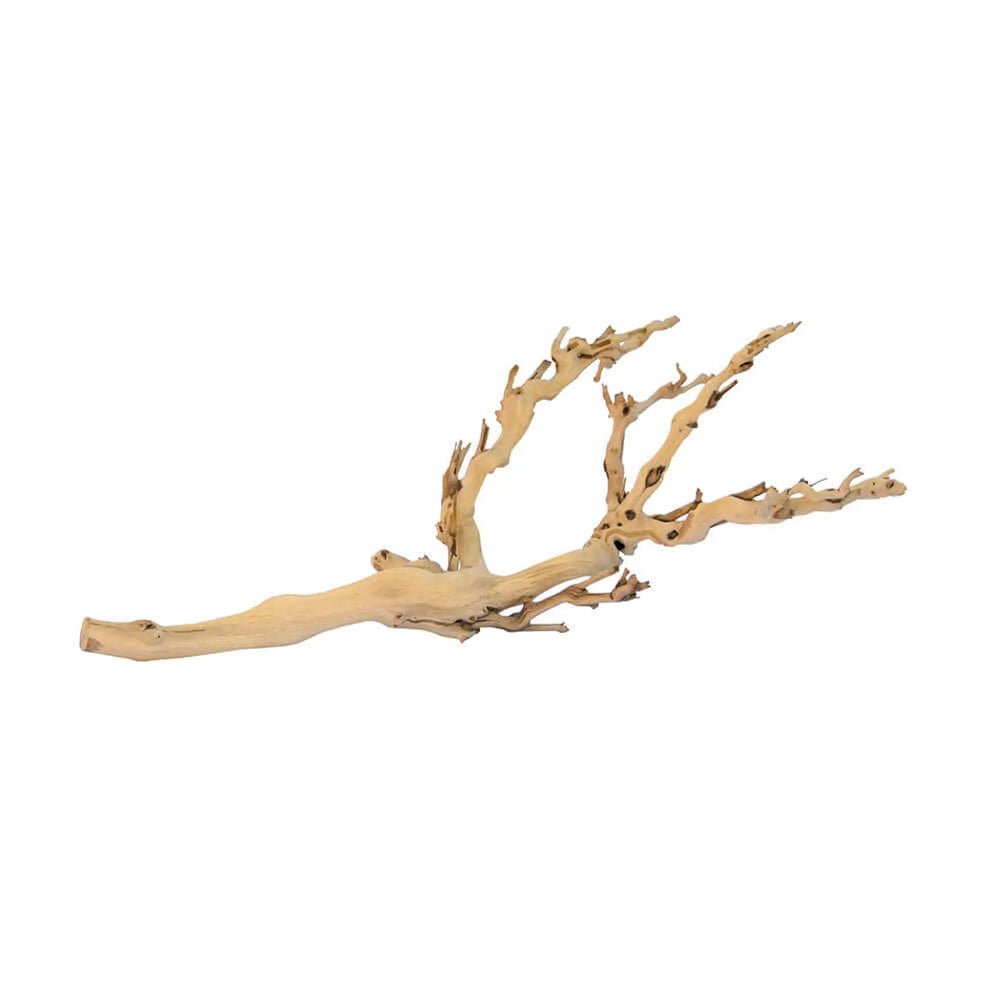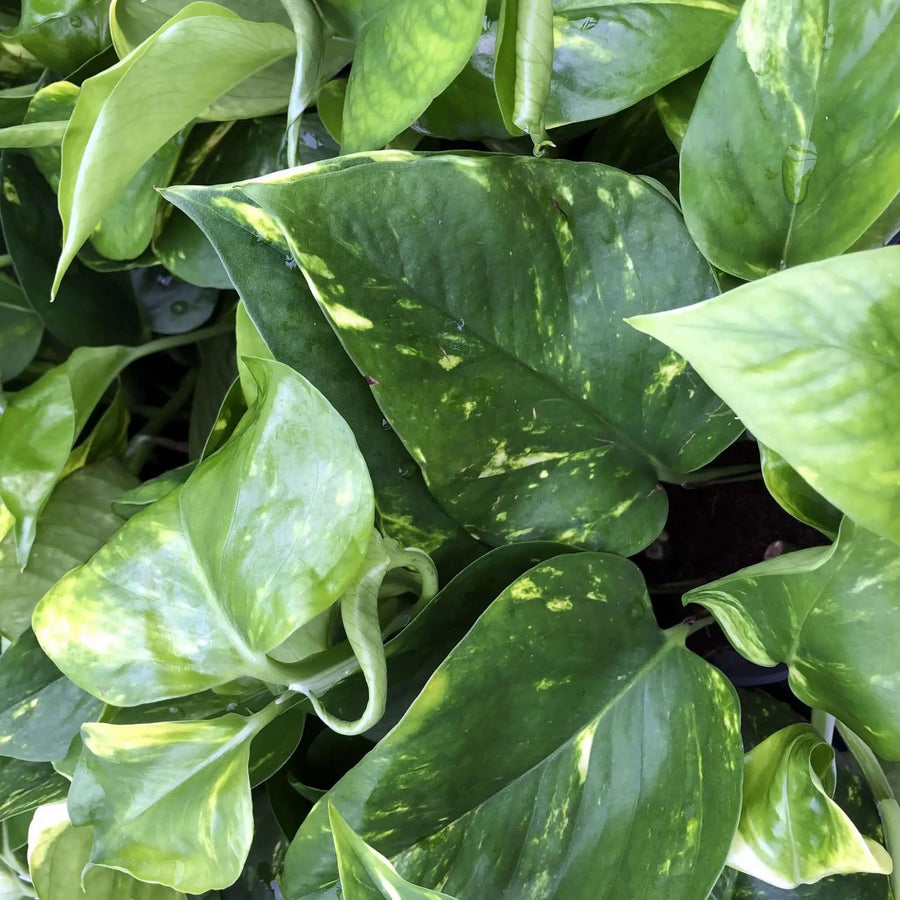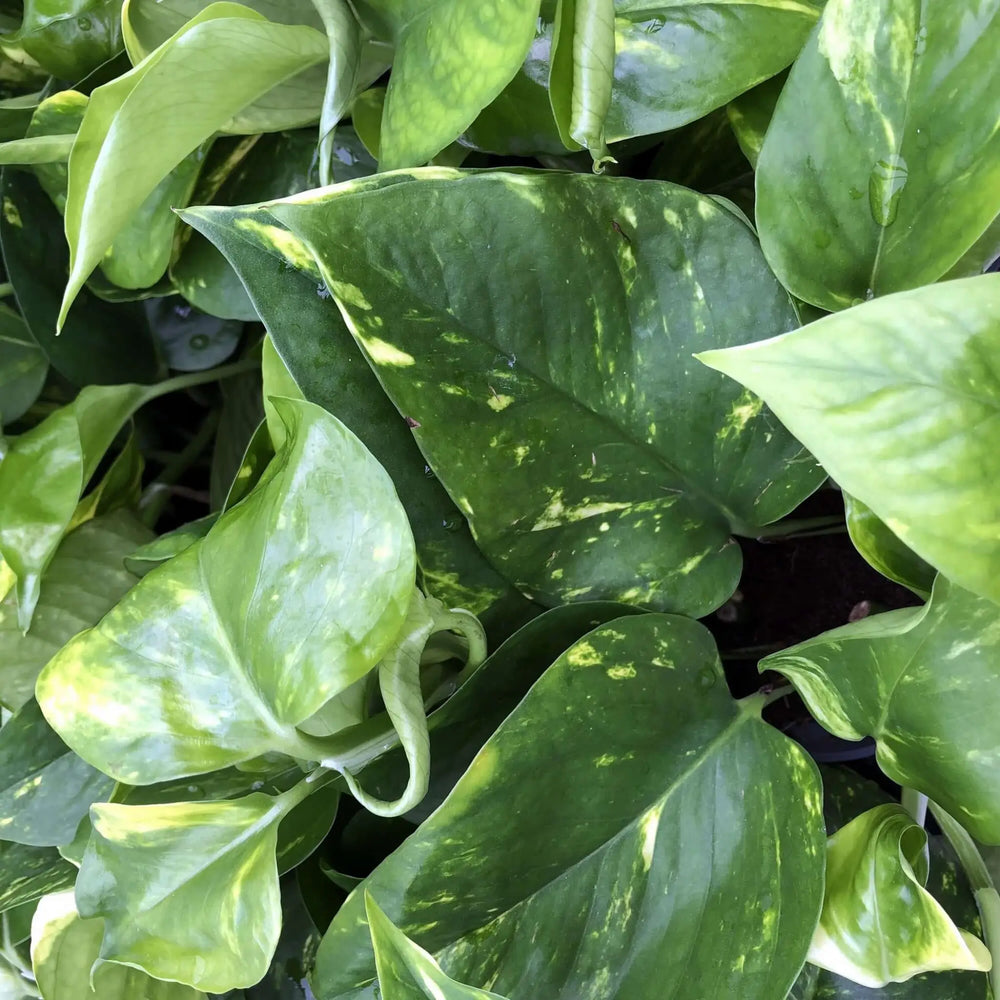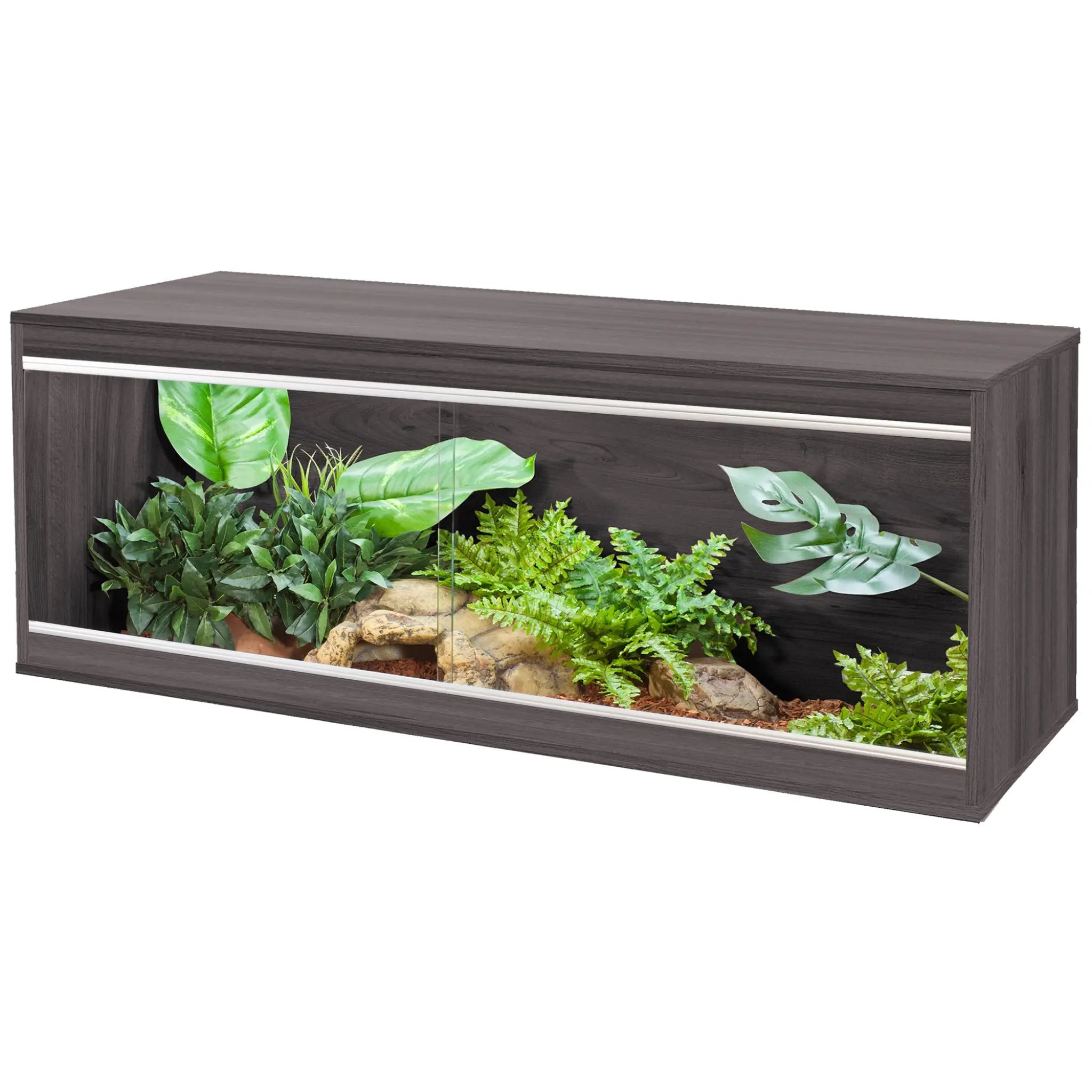
The Top 5 Bioactive Clean Up Crew
by Luke Tansley on in Animals
In recent years, bioactive reptile and amphibian setups have become a great way to keep your exotic pets. The recent introduction of new bioactive substrates like ProRep’s Bio Life range and Arcadia’s Earth Mix has made it easy to set up your own self-sustaining enclosure at home.
A key part of this system is the bioactive clean up crew that will recycle nutrients in the waste of your animal, fertilising the soil beneath.
Here I have compiled a list of my 5 favourite bioactive cleanup crew for you to see.
1. Springtails

Springtails are tiny hexapods averaging around 0.5 mm in length. These little guys will live in the topmost layer of your bioactive substrate and consume any waste that they come across.
When they themselves have taken what they need from this food source, they excrete the excess nutrients, which go back into the soil to be used by any live plants you might have in the enclosure.
They are very efficient, and once a colony is established, it should work fairly quickly to keep the cycle moving. There are foods like ProRep Springtail Food available that you can add to your substrate for the springtails, but usually they are pretty self-sufficient.
2. Whiteworm

Whiteworms (Enchytraeus albidus) are small worms that grow to around 3-4 cm in length. They are predominantly used as food for fish, amphibians, and small aquatic reptiles, but when added to a bioactive substrate, they will work below the surface to recycle waste material and provide nutrients for any live plants that may be in the enclosure.
These are particularly useful with soil-based amphibian enclosures, as not only will they act as bioactive clean up crew, but when they get to size, they can be eaten, providing a tasty treat.
3. Small Worms (Dendrobaena)

Small Worms are a species of earthworm native to Europe and can be found on every continent apart from Antarctica. They grow from 2-10 cm in length and are generally a dark red colour with some lighter pink.
These tend to be used as a treat for reptiles like the blue tongued skink or bearded dragon but can also be used in bioactive set ups. Much in the same way as whiteworms, these larger worms will work below the surface to recycle nutrients.
These are best used in enclosure holding arboreal lizards rather than ground dwelling reptiles and amphibians. As they are a bit bigger, they are an easy target, so may all get eaten before long!
4. Bean Weevils

Bean weevils are a small beetle only growing to 1-2 mm in length. Though they generally feed on seeds and beans, they will also feed on organic matter once fully grown. These generally inhabit the top later of soil and low-lying decorations.
They make a great addition to frog enclosures as the frogs will eat these beetles and the beetles will continue to spawn, making this a cleaner crew and long lasting livefood.
5. Tropical Grey Woodlice

Tropical grey woodlice are small, soft-bodied insects that grow to around 5 mm in length. Much like the bean weevils, they can be used as both a bioactive clean up crew and food source for amphibians.
These woodlice will wander around on the surface or in the topmost layer of soil consuming and recycling organic matter to be used by live plants in the enclosure. It is worth noting that these little bugs will burrow into any exposed/unfinished wood so they are mainly for use in glass terrariums.
Explore Bioactive Clean Up Crews for Your Enclosure
If you are interested in setting up your own bioactive enclosure, we currently stock all of these cleaner crews on our Northampton Reptile Centre website so why not check them out.
If you want to know which combination would be best for your enclosure give us a call on 01604753823 and we will be happy to talk you through the options.
